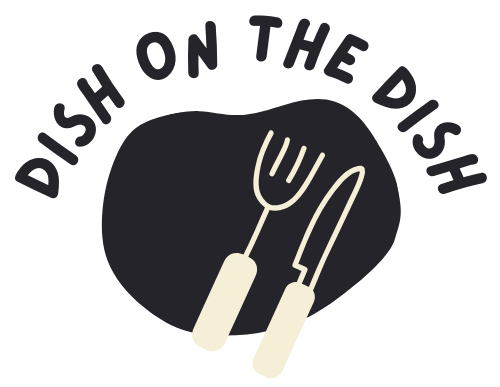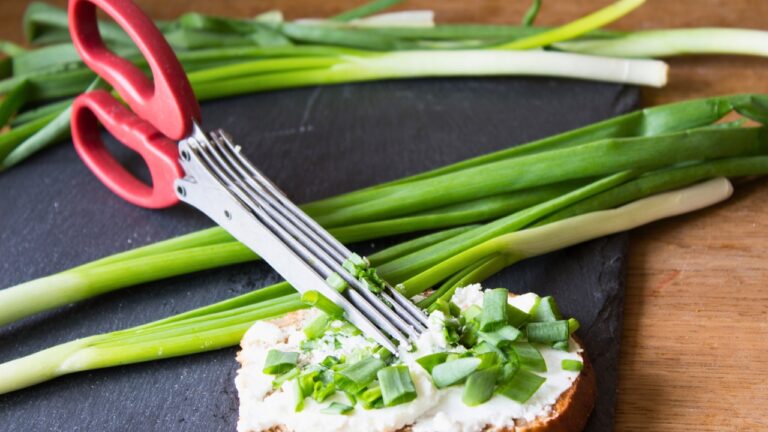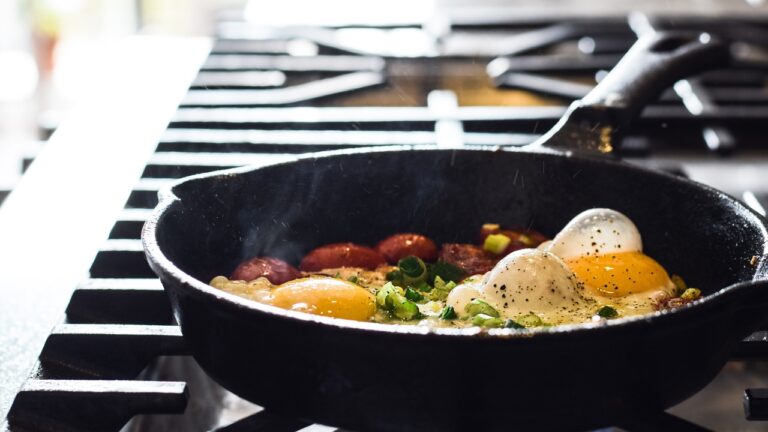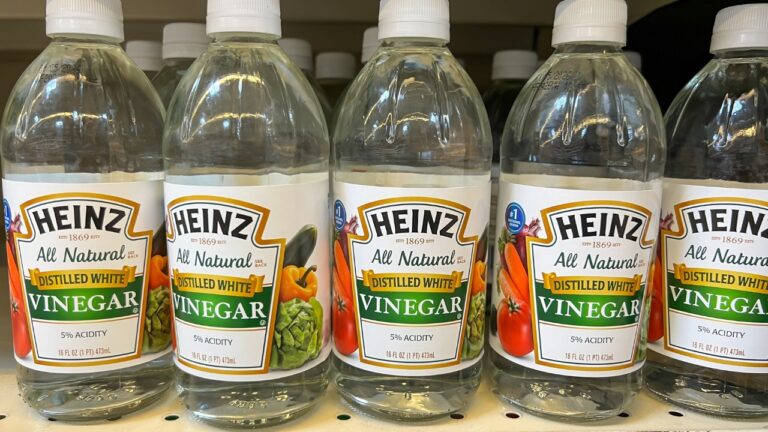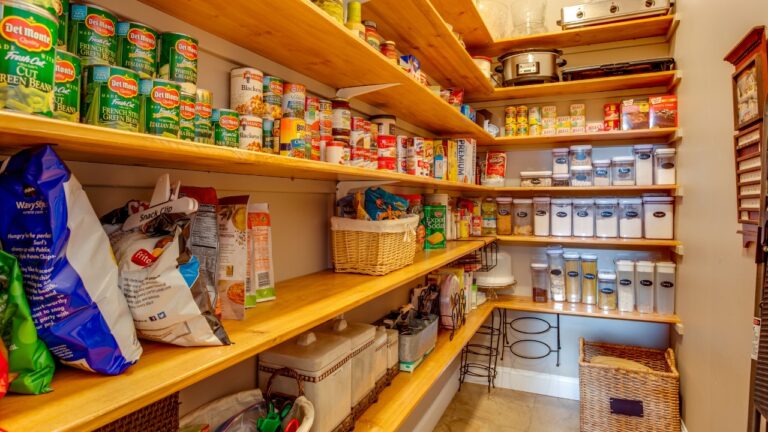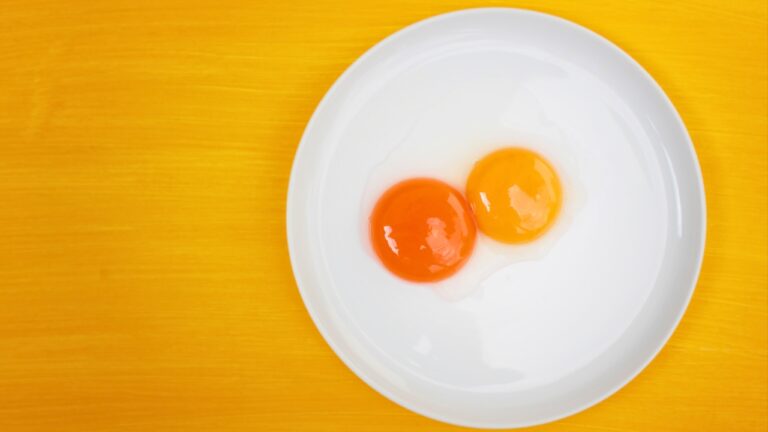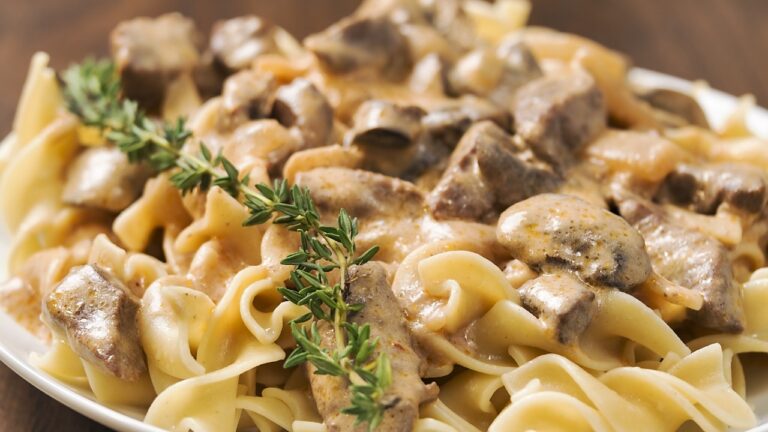The Truth About Aluminum Foil: Which Side Should You Use?
If you’ve ever pulled out a sheet of aluminum foil and hesitated for a second, wondering if the shiny side or dull side matters, you’re not alone. I used to do the same thing until I decided to dig into it—because honestly, I don’t have time to second-guess my foil choices when I’m trying to get dinner on the table. Turns out, the shiny-versus-dull debate isn’t nearly as complicated as it seems.
Why Aluminum Foil Has Two Sides
The shiny and dull sides are just a result of how aluminum foil is made. Food scientist Lara Tiro explains that during the manufacturing process, large sheets of aluminum are pressed and rolled repeatedly to make them thin and flexible. In the final stage, called cold rolling, two sheets are rolled together to save time and prevent tearing. The side that touches the polished rollers comes out shiny, while the other side is left dull.
So, that’s the big secret—no fancy science, no cooking wizardry. Just a byproduct of manufacturing.
Does It Really Matter Which Side You Use?
If you’re using regular aluminum foil, the answer is simple: it doesn’t matter. Both sides are made from the same material and work exactly the same. Reynolds, one of the biggest names in foil, says it’s totally up to you. Whether you like the shiny side out for aesthetics or couldn’t care less, you’re good either way.
That said, heavy-duty foil is your best bet for bigger or messier jobs, like roasting a chicken or lining a grill. It’s thicker, tougher, and way less likely to tear when you’re dealing with heavy food.
The One Time the Side Does Matter
If you’re using non-stick foil, then yes, the side you use matters. Non-stick foil has a special coating on the dull side, so you’ll want to place your food on that side to prevent sticking. Reynolds makes it easy with a little hack: if you can read the writing on the foil, you’ve got the non-stick side facing up.
I love using non-stick foil for things like baked mac and cheese or barbecue ribs—it makes cleanup so much easier. No one likes scrubbing stuck-on cheese, right?
When Foil Isn’t the Best Option
Foil is a kitchen MVP, but it’s not perfect for every job. Here are a few situations where you might want to skip it:
- Brining Meats
If you’re brining something, like a turkey or pork chop, avoid foil. The salt in brines can react with aluminum, leaving behind bitter-tasting crystals. Stick with glass or plastic containers instead. - Baking Cookies
I learned this one the hard way—foil isn’t great for cookies. It conducts heat too well, so the bottoms of your cookies bake faster than the tops. Parchment paper is the way to go here. - Storing Leftovers
Foil doesn’t create an airtight seal, which means your leftovers won’t stay fresh for long. Reusable containers or plastic wrap do a much better job of locking in freshness.
My Go-To Aluminum Foil Tips
Here’s how I keep foil working in my favor:
- Heavy-Duty for Big Jobs
If I’m roasting something heavy or messy, I always grab the heavy-duty foil. It’s worth it for the extra strength and fewer tears (literally and figuratively). - Non-Stick for Sticky Situations
I keep non-stick foil on hand for messy dishes like lasagna or sticky glazed meats. It saves me a lot of time and frustration when it comes to cleanup. - Don’t Overthink the Sides
For regular foil, I don’t stress about shiny versus dull. Unless it’s non-stick foil, it just doesn’t make a difference.
Now that I know the truth about aluminum foil, I feel a little more confident in the kitchen—at least when it comes to lining pans and covering casseroles. So next time someone asks you which side to use, you can say, “It doesn’t matter—unless it’s non-stick!” and get back to cooking without the second-guessing.
